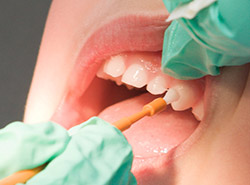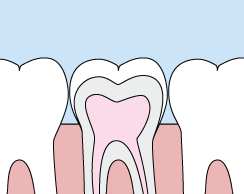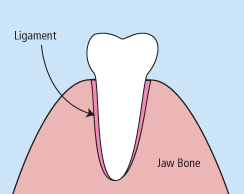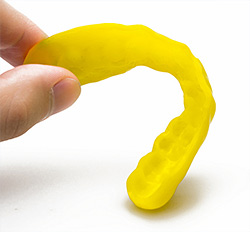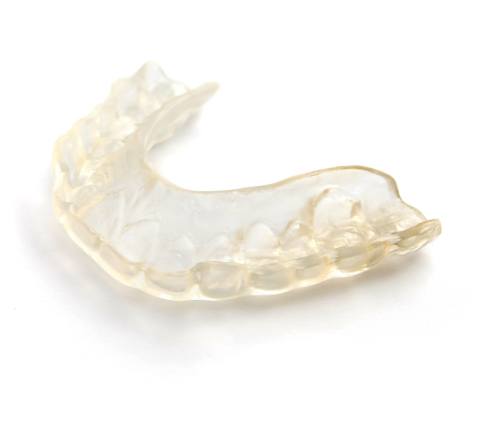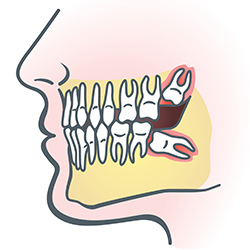Preventive dental care is important throughout life, especially at a young age
By practicing good oral hygiene at home and scheduling regular checkups with the dentist, your child can help keep her smile bright and healthy for years to come. Here are a few simple ways to prevent the build-up of plaque and cavities:
- Make sure your child brushes her teeth at least twice a day with a soft-bristled toothbrush. Use Fluoride toothpaste to remove food particles and plaque from the tooth surfaces. Be sure she brushes the top surface of her tongue to remove any extra plaque-causing food particles and help keep her breath fresh!
- Make sure your child cleans between her teeth by flossing at least once a day. She can also use mouthwash to help kill bacteria and freshen her breath. Decay-causing bacteria can linger between teeth where toothbrush bristles can’t reach. Floss and mouthwash will help remove plaque and food particles from between the teeth and under the gum line.
- Make sure your child eats a balanced diet and try to avoid extra-sugary treats. Nutritious foods such as raw vegetables, plain yogurt, cheese, or fruit can help keep your child’s smile healthy.
- Remember to schedule regular checkups with your child’s dentist every six months for a professional teeth cleaning.
- Ask your dentist about dental sealants, a protective plastic coating that can be applied to the chewing surfaces of the back teeth where decay often starts.
- If your child plays sports, be sure to ask your dentist about special mouthguards designed to protect your child’s smile.


